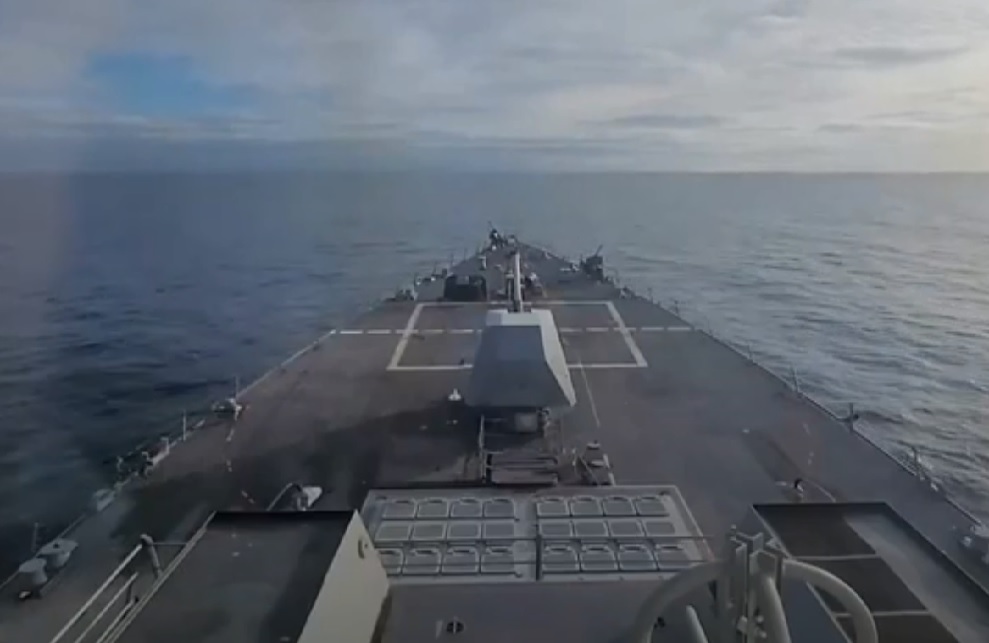This post is also available in:
 עברית (Hebrew)
עברית (Hebrew)
Manned-unmanned teaming provides added value to military operations. Using a blend of information from unmanned and manned ships and aircraft, a US guided-missile destroyer launched an anti-surface missile to hit a target more than 250 miles away without using active sensors as part of the Unmanned Integrated Battle Problem 21.
According to the Navy, the target was equipped with a small radar reflector and a repeater that put out an electromagnetic signal. The signal from the repeater was detectable by sensors on the uncrewed aircraft and manned and unmanned surface vessels.
The information was relayed to USS John Finn (DDG-113), which used the blended targeting data to fire a Standard Missile-6 to hit the target more than 200 miles away and beyond the range of its powerful radar.
The anti-surface missile shot of the SM-6 is a proof of concept of how the Navy could augment its very powerful but very detectable targeting radars with a blended network of passive sensors that could share targeting data without alerting the target. The test also shows how the lethal radius of a surface-launched missile could expand well beyond a ship’s radar range, which is limited by the curvature of the Earth.
The SM-6 shot was one of three vignettes in the battle problem that was the Navy’s largest exercise to date blending manned and unmanned. Other scenarios included using unmanned systems for anti-submarine warfare and information surveillance and reconnaissance.
The goal of the battle problem was to test the capability with fleet sailors and better inform how the service could use the systems in the future.


























